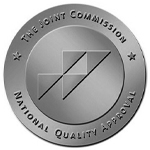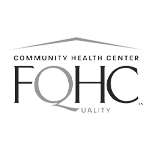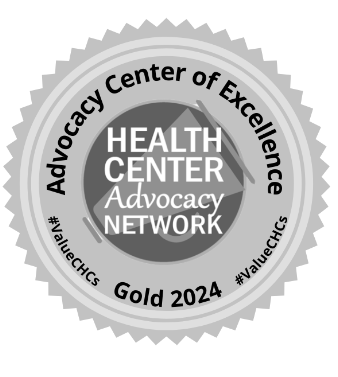
Each day patients visit Keystone Foot and Ankle Center to seek relief from the pain and limited mobility caused by foot and ankle disorders and injuries. One of the most common conditions seen by the doctors at that practice is bunions.
Keystone Foot and Ankle Center’s Dr. David Pagnanelli Jr. answers some frequently asked questions about bunions and stresses the importance of early treatment in today’s Take Care article.
What Are Bunions?
Hallux abductovalgus, or more commonly known as a bunion, is a progressive disorder involving the bones and soft tissues inside your foot. It is typically described as a bump on the inside of your foot that hurts. Bunions begin with the big toe starting to lean towards the second toe. When that happens, over time, the pressure from your body weight starts to throw the tendons, ligaments and muscles out of alignment and your bones start to shift because of the stress. Gradually over years the angle of the bones increases, producing the characteristic bump which increasingly becomes prominent. People don’t usually have symptoms until the very late stages.
How Can You Tell If You Have Bunions?
Bunions are very noticeable. The bump on the inside of your first toe will stick out. It can be red and swollen, hurt with tight shoes or after just walking for an hour or more.
When Is It Time To See A Doctor?
When you start having symptoms such as swelling and pain (throbbing, stabbing or shooting pain) it is time to see a doctor. Another indication is when shoes start not to fit or you have a noticeable stretching of shoes in the size and location of the bump on your toe.
What Shoes Should Be Worn If You Have Bunions?
Good shoe choices include accommodative wide toe box shoes and shoes with stretchable fabric on the top and sides so that the nerve that runs over the bunion doesn’t get irritated. A good orthotic within the shoe for arch support to help offload the bunion joint can also be helpful.
Are There Any Steps That Can Be Taken To Help Bunions Not Get Worse?
To slow the progression of bunions I typically recommend changing shoe wear to a wide toe box shoe with a good orthotic. Forgo the pointed shoes and high heels; they will aggravate the condition. We sometimes try padding over the bump area to help minimize friction and pain. Modifying activity can sometimes help but I will never tell you to stop moving. Walking and exercising is key to a healthy lifestyle and we will work around this so that your bunion doesn’t stop you from being mobile.
Icing and oral NSAIDS (nonsteroidal anti-inflammatory drugs) can help reduce inflammation and pain. Injection therapy can assist in reducing inflammation if there is an inflamed bursal sac located around the joint. Injections, though, are rarely used in bunion treatments because they are a band-aid and not a permanent treatment.
How Are Bunions Treated By A Podiatric Surgeon?
I start with conservative therapy. X-rays will always be taken, and recommendations will be given for changing shoe gear, orthotics, padding, etc. When the X-rays show an advanced bunion and conservative therapy hasn’t improved the patient’s symptoms, we discuss surgical options.
There are many different types of surgery for bunions. For mild to moderate cases the patient can actually walk out of the operating room in a surgical shoe from day one. I also am trained and certified in minimally invasive bunion and hammertoe surgery by Wright Medical Group.
In the more advanced stages of a bunion we need 4-6 weeks of no weight bearing on the surgical foot after surgery.
If you think you have a bunion, please call and make an appointment. We may be able to stop the progression, or slow it in order to avoid pain and surgery in the future. If you think you have an advanced bunion and it causes you daily pain we may be able to curve the pain with conservative therapy to avoid surgery as well.
This article contains general information only and should not be used as a substitute for professional diagnosis, treatment or care by a qualified health care provider.
For more information about Keystone Foot And Ankle Center, visit keystonefootandankle.org or call (717) 709-7986 for our Chambersburg location or (717) 762-6300 for our Waynesboro location.




